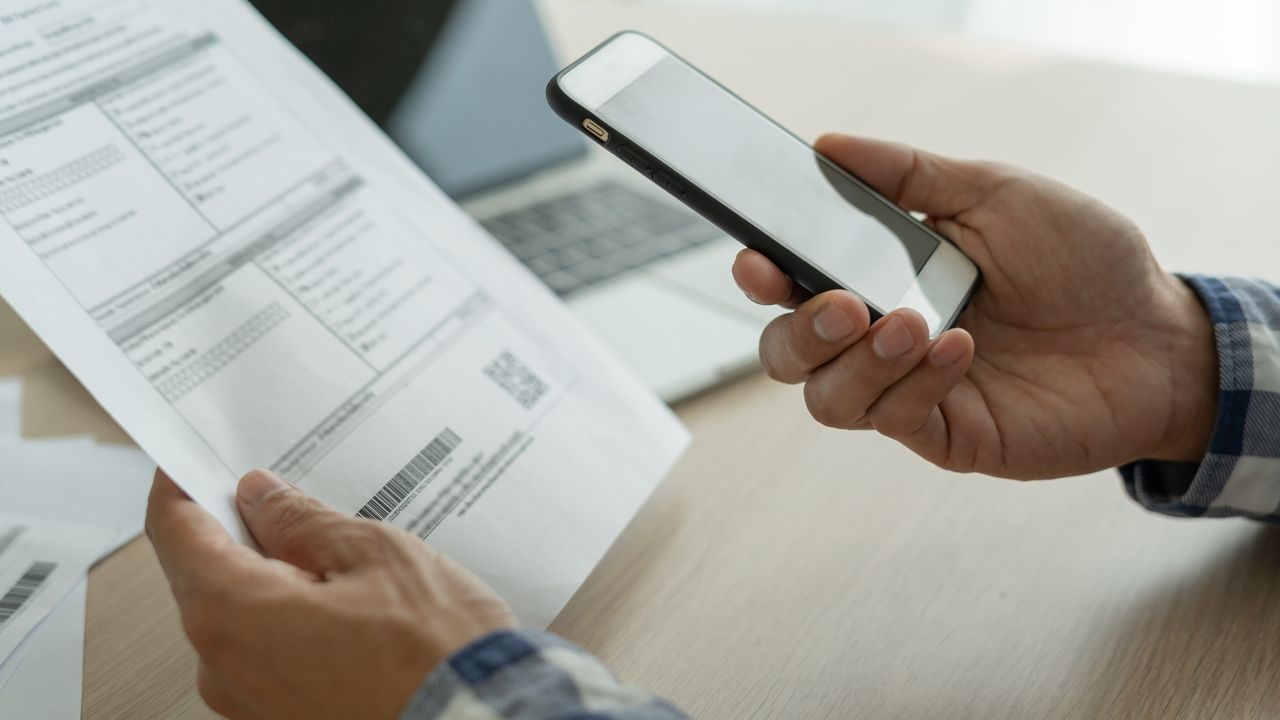
I keep tabs on what phone carriers charge for wireless data plans, so I can recommend the best cell phone plans overall based on a mix of price, perks and coverage. If money's really tight, I can even point out the best cheap cell phone plans under $40 that deliver value beyond their low cost.
But what if money is not just a concern, but the only concern? What if you're looking for the cheapest plan available, regardless of any perks it contains.
Well, I can help you there, too.
When the Affordable Connectivity Program (ACP) expired in 2024, I started compiling the absolute cheapest data plan options out there. I figured that without an ACP subsidy helping defray the costs of wireless phone service, low-income households might be desperate to find ways to keep recurring costs as low as possible.
Prices haven't abated since then. In fact, I'm sure that even if you've never heard of the ACP before this, you've been going over your budget, looking for ways to cut costs.
I've kept my list of the lowest-priced options at the best phone carriers updated, even adding some lesser-known services I've since evaluated. If you've decided that your monthly wireless bill is the place to start cutting, use this list of low-cost data plans as your reference point.
Cheap unlimited data plans
We've focused on tiered data plans because they tend to be the more affordable option. But as our research into the best unlimited data plans has found, you don't need to pay big bucks to enjoy unlimited data.
One way to keep the cost of unlimited data down is to pay for service up front. Just like Mint Mobile's 5GB plan gives you the best rate when you pay for a year in advance, so does the unlimited data plan at the carrier. A full year of service costs $360, which breaks down to $30 a month, though Mint runs promtions that can lower the upfront cost.
AT&T has a lower ceiling to its prepaid unlimited plan — just 16GB — but its upfront cost is lower than Mint's too. You'll pay $240 for a year of AT&T's service, which translates to $20/month for unlimited data.
Not everyone can swing that big upfront cost. Here are the three lowest monthly rates we've seen for unlimited data.

Follow Tom's Guide on Google News and add us as a preferred source to get our up-to-date news, analysis, and reviews in your feeds.







